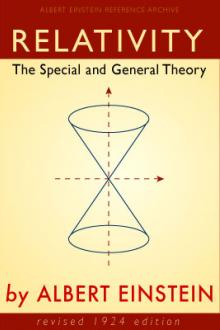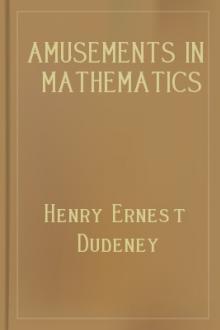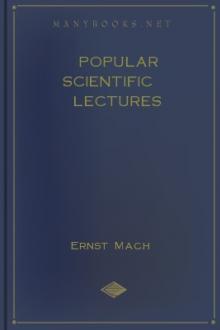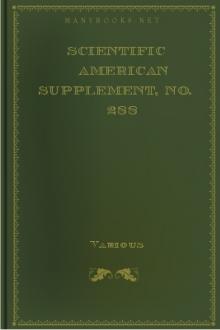Scientific American Supplement, No. 417
Book Excerpt
This explains the fact before pointed out that the apparent percentage of inductive radiant energy intercepted by metal plates varies with the speed of the reversals; for in the case of copper the induced current set up by such a plate has so long a duration that if the speed of the reverser is at all rapid the induced current has not time to exhaust itself before the galvanometer is reversed, and thus the current being on the opposite side of the galvanometer tends to produce a lower deflection. If the speed of the reverser be further increased, the greater part of the induced current is received on the opposite terminal of the galvanometer, so that a negative result is obtained.
We know that it was the strong analogies which exist between electricity and magnet

 Free Download
Free Download



































-itok=vcKIB5v1.jpg)